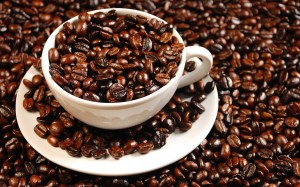Much ink has been spilled over the lack of new antibiotics and the increase in drug resistant bacteria. But a few weeks ago, there was finally news of a breakthrough. Researchers have finally discovered a new antibiotic, teixobactin.
Teixobactin works by binding lipid precursors of the cell wall. This interference weakens the bacterial cell wall, causing the microbes to leak and die. The drug is only effective against gram-positive bacteria, like Staphylococcus aureus and M. tuberculosis, and it could help combat resistant strains that commonly cause MRSA infections. Teixobactin was active against MRSA infections in mice. It is not effective on gram-negative bacteria, like E. coli.
The method they used to discover the antibiotic is also quite interesting. Compound Interest explains:
We know bacteria produce their own antibacterial compounds, to combat other competing bacteria. However, since 99% of bacteria can’t be grown in lab conditions, this greatly limits the number of these compounds that we can investigate. The method used to discover teixobactin overcomes this, by diluting soil samples, then placing small samples containing single bacterium cells in a device they named an ‘iChip’.
The ‘iChip’ is essentially just a device with a large number of small channels, into which bacteria can be deposited. The channels are then covered with a semi-permeable membrane, which allows environmental factors which influence bacterial cell growth to diffuse across to the bacterium cells. Using this method, the researchers were able to cultivate bacteria which were not previously grown in lab conditions, as once a culture is formed it is easier to entice them to do so. The researchers isolated 25 different antibiotic compounds, of which teixobactin is the most promising.
This is potentially a giant step forward for antibiotics and antibiotic discovery. For further reading check out the original publication. Also check out coverage by Ed Yong, Science Magazine, and Scientific American.


